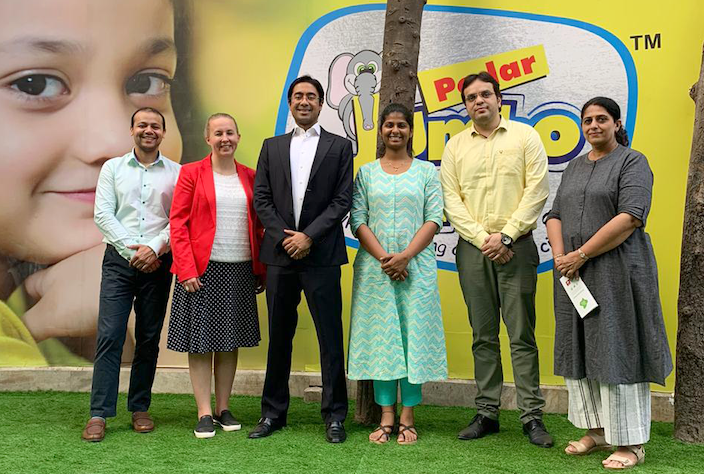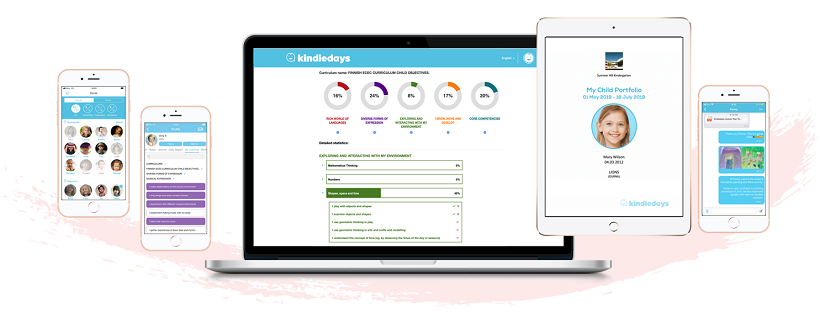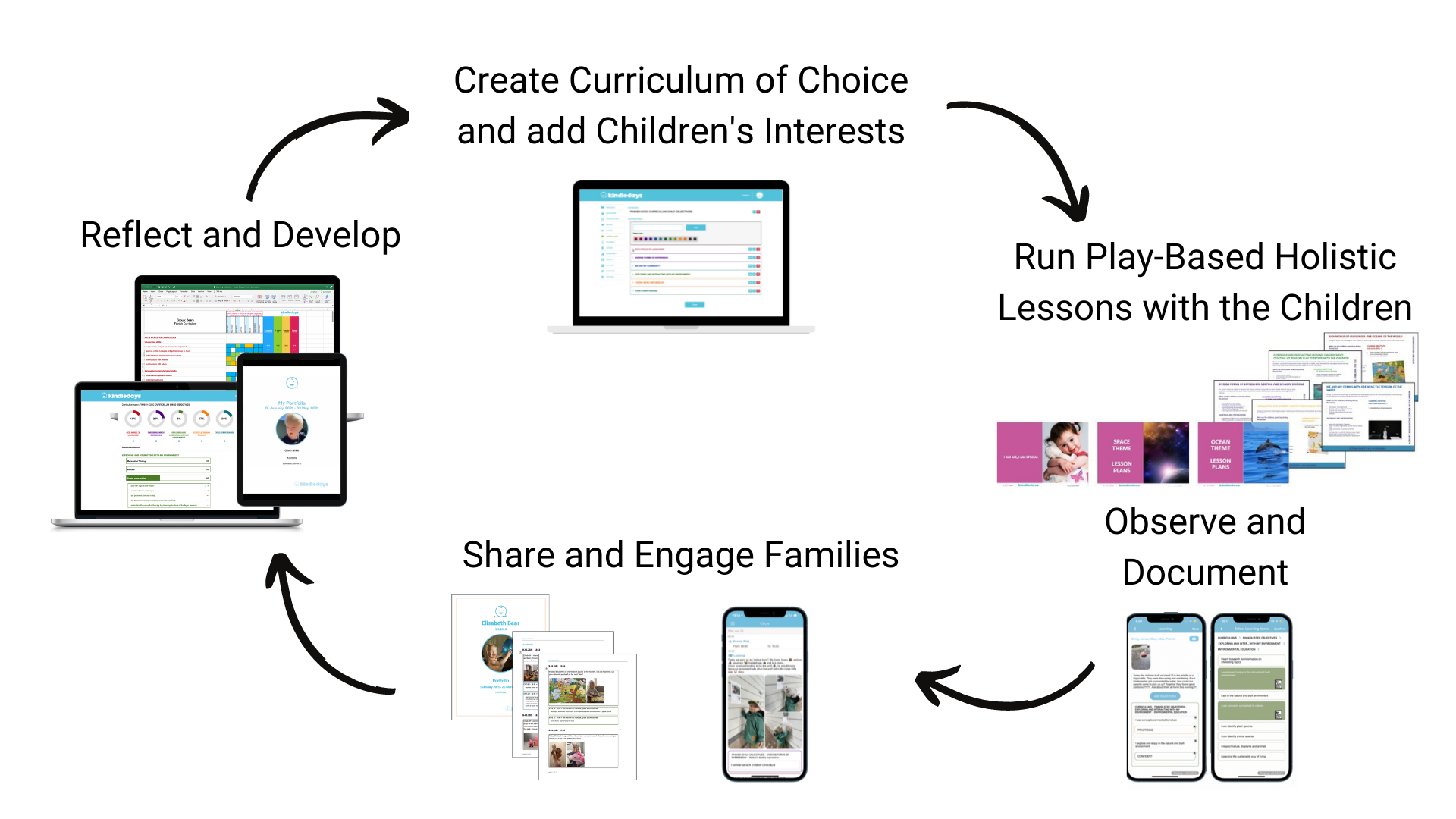When the pandemic hit a year ago, early childhood education centers faced a huge challenge in educating children in India. Podar Jumbo Kids Platinum in Mumbai, a New Nordic Partner school, looked at the situation as an opportunity to learn and grow as a team of parents, teachers and children with the thought that “Learning should never stop.”

The solution
Podar Jumbo Kids Platinum team implemented the New Nordic School education system online. New Nordic School’s early years offering consists of the Nordic Baccalaureate Exploration curriculum, global pedagogy and the Kindiedays Pedagogical Management solution. The three components helped the team to make a smooth shift from physical school to virtual school.
The Nordic Baccalaureate Exploration curriculum enables teachers to design activities with resources available at home that will help children learn. The teachers emphasized on interaction, motivation and mainly on providing choices to children in the process of making them independent. The curriculum provided flexibility and agility for the teachers with the primary objective that learning should be fun.
In this virtual implementation, Kindiedays platform helped teachers to document their learning by collecting picture evidence from parents and for parents to understand the development progress of their child.

Podar Jumbo Kids Platinum realized that new ways of working are required
We asked ourselves “Why should learning stop?”. And saw the value of what we have, and decided to get the most of it. Rather than having nothing, we can do so much and let the children get the opportunity to continue learning.
The opportunity in crisis is learning & growing together as parents, children, teachers and friends. Then virtual sessions and new technology was the solution to keep us growing.
.png)
.png)

.png)
.png)
.png)
 In Finland, children learn through play and we don't score children!
In Finland, children learn through play and we don't score children!